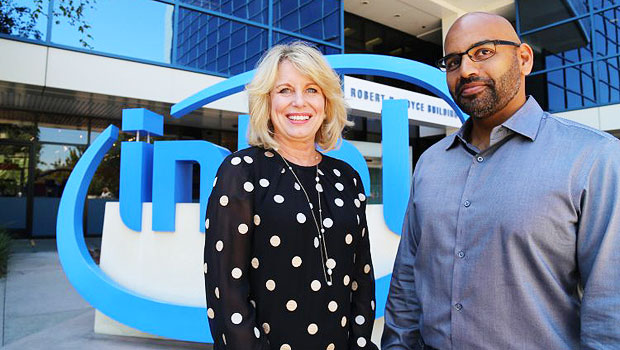Intel last week announced the acquisition of startup Nervana, in a bid to enhance the company’s capabilities in artificial intelligence and deep learning.
Nervana jumped out of the gate at its 2014 launch with a robust platform for deep learning, a framework called “Nervana Neon,” and the Nervana Engine — a groundbreaking ASIC chip scheduled for introduction by the first quarter of 2017.
Nervana’s IP and expertise in accelerating deep learning algorithms will expand Intel’s capabilities in the field of artificial intelligence, according to Diane Bryant, general manager of Intel’s Data Center Group.
“We will apply Nervana’s software expertise to further optimize the Intel Math Kernel Library and its integration into industry standard frameworks,” she said.
The Nervana Engine and its silicon expertise will advance Intel’s AI portfolio, added Bryant, enhancing the deep learning performance and lowering the total cost of ownserhip of its Intel Xeon and Intel Xeon Phi processors.
Rapid Advance
“Nervana has developed a unique capability to process data more quickly across various environments, ranging from open source to highly customized computing systems,” observed Jeff Kaplan, managing director of ThinkStrategies.
“Like in many M&A situations, Intel’s acquisition is aimed at quickly obtaining technological innovations, along with the talented team that developed the new solution,” he told the E-Commerce Times.
That talent pool includes Nervana CEO Naveen Rao, a former Qualcomm researcher with a PhD from Brown University, and CTO Amir Khosrowshahi, among others. The firm has raised more than US$28 million in funding from investors.
Nervana earlier this year introduced its Nervana Cloud platform, which the company has described as 10 times faster than competing AI cloud platforms. It allows organizations of various sizes to build and deploy deep learning solutions without having to make large investments in machine learning or data teams.
Nervana Cloud customers include Blue River Technologies, which uses agricultural robots along with the Nervana Cloud to boost crop yields, and Paradigm, an oil and gas software developer that uses the cloud platform to help identify subsurface faults embedded in 3D seismic images.
The new Nervana Engine chip will be able to handle a high level of data at speeds that its competitors cannot match, according to the company, through incorporation of a new technology called “high bandwidth memory,” which combines 32 GB of on-chip storage with memory access speeds of 8 terabits per second.
Intel Lagging
Intel doesn’t have much of a machine learning business at the moment, so it needed to acquire Nervana in order to catch up with the competition in the segment, said Paul Teich, principal analyst at Tirias Research.
“They have invested in software, including some open source work,” he told the E-Commerce Times, “but anyone doing AI and machine learning R&D or deploying deep learning at scale will use hardware accelerators.”
Nvidia’s GPUs are currently the most favored accelerators in the business, “which has to rankle Intel,” Teich said.
“Xeon Phi simply didn’t move in the right direction. This is reminiscent of Intel putting a lot of investment into a new Itanium 64-bit architecture instead of adding 64-bit instructions to their X86 cores, which AMD eventually did for them,” he pointed out.
Deep learning takes a “fundamentally different approach than big or little x86 cores,” explained Teich. “Intel’s software folks saw deep learning coming, but their silicon architecture and design teams did not.”























































Social Media
See all Social Media